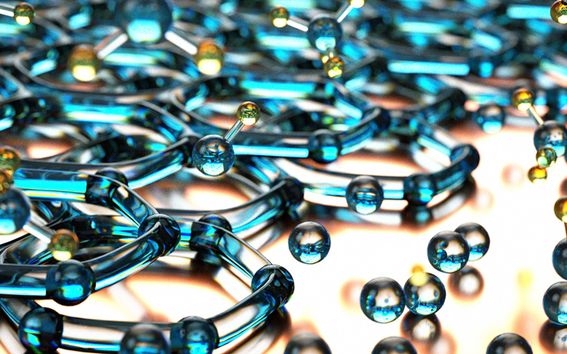Conductance gap closure and the detection of Majorana zero modes in topological superconducting hybrid systems

When
Where
Event language(s)
Abstract:
Taking the current, but contentious issue of the detection of Majorana zero modes, this talk plans to address the issue of whether a conductance gap closure can be used as a smoking gun for the detection of topological edge modes [1].
Semiconductor nanowire-superconductor hybrid systems provide a promising platform for hosting Majorana zero modes. However, the conclusive experimental detection is a much debated and contentious issue. We will describe the conductance spectroscopy measurements and the current experimental status focusing especially on the “false positives” associated with this technique. Starting from the basics of quantum transport theory, we will then demonstrate how to adapt the Keldysh non-equilibrium Green’s function (NEGF) technique to understand the local and non-local conductance spectroscopy and the purported gap closure signatures [1].
Moving on, we will describe the non-locality of true Majorana modes (and topological edge modes in general) can be described via the concept of topological entanglement entropy [1] and can indeed signal a genuine transition, regardless of the constituent non-idealities in an experimental situation. Finally, we will touch upon how to extend our transport formulation to more realistic device structures [2-4] including the currently pursued magnetic insulator- nanowire hybrid set up [4], and how to include disorder and dephasing in topological devices in general [4].
References:
[1] A. Kejriwal and B. Muralidharan, Phys. Rev. B (L), 105, L161403, (2022) [Editors’ Suggestion]; A. Arora, A. Kejriwal and B. Muralidharan, ArXiv: 2303:03837 (in review) (2023).
[2] P. Sriram, S. Kalantre, K. Gharavi, J. Baugh and B. Muralidharan, Phys. Rev. B, 100, 155431, (2019).
[3] C. Duse, P. Sriram, K. Gharavi, J. Baugh and B. Muralidharan, JPCM, 33, 365301, (2021).
[4] R. Singh and B. Muralidharan, Comms. Phys., 6, 36, (2023).
[5] K. Jana and B. Muralidharan, npj 2D materials and applications, 6, 19, (2022).
- Published:
- Updated: